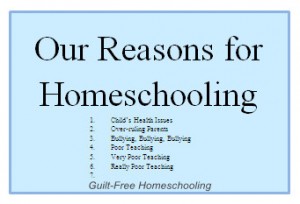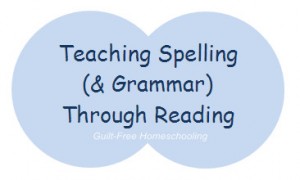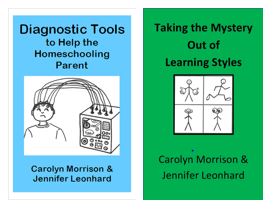Involve your children in as many real-life, grown-up, decision-making processes as you can. This process will show them a clear picture of life, not the TV version that they are often (unfortunately) convinced is reality. Children who are involved in the reasoning behind a decision that directly affects them are more likely to accept that decision. Bonus: it shows children the applied wisdom of their parents, which is never shown on television. The level of involvement for the youngest children may simply be an explanation of how and why the decision was made by the parents, with the children’s role increasing as they grow older. Let them know what criteria were considered, so that they will begin to understand what factors are involved in making a wise choice.
I began simply by giving my toddler the choice of two shirts to wear. That meant it was still her decision, even though I had directed it somewhat. With my guidance of “a pattern needs to be matched with a solid color,” my child could soon begin to select both the top and bottom of an outfit, and I did not have to fear the public criticism of, “Oh, so you’re letting her dress herself.”
I gradually increased my children’s responsibility levels with their decisions, and before long I had wise-deciders on my hands. My children, at middle-school level, were already making many decisions involving their own lives — decisions that their friends were still having made for them by their parents. (A simple example is curriculum choices — my children were allowed to decide on supplemental subjects, literature choices, etc.) Taking this to the extreme, I have met college-age students who still expected Mom and Dad to make all their decisions for them, simply because Mom and Dad always had, and therefore the students had no clue what they really wanted anyway. Tragic. And so preventable.
It is quite possible to give a child choices without completely manipulating his entire life. Once in a while, you will hold your breath (as I did) and pray silently while your teenager is deciding whether or not he really wants to go to a friend’s party. If the decision-making skills have been effectively passed on, you will see the same miracle take place before your eyes that I saw: my student reasoned aloud to us that this was a school night, he really didn’t care for the other people who would be attending, and he would rather invite his friend over another day for a worthy activity involving just the two of them. Then we calmly praised his decision as being the best choice in the situation and celebrated (again, silently; embarrassment = discouragement) as he exited the room.
Children who observe or participate in the family decision-making process will not only adapt more easily to the family’s choices, but will be better equipped to make their own good choices in life. Simple explanations of the criteria considered will help young children understand why specific choices were made. Older children may have valuable input to offer the family council, while still allowing the parents to maintain the seat of authority. Children who are not given reasons why a specific decision was made will not have a clear view of the Big Picture and will be more likely to rebel against that ruling. Children who grow up learning to make their own decisions on increasingly important issues will be well equipped to handle life on their own as confident young adults.






 Guilt-Free Homeschooling is the creation of Carolyn Morrison and her daughter, Jennifer Leonhard. After serious disappointments with public school, Carolyn spent the next 11 years homeschooling her two children, from elementary to high school graduation and college admission. Refusing to force new homeschooling families to re-invent the wheel, Carolyn and Jennifer now share their encouragement, support, tips, and tricks, filling their blog with "all the answers we were looking for as a new-to-homeschooling family" and making this website a valuable resource for parents, not just a daily journal. Guilt-Free Homeschooling -- Equipping Parents for Homeschooling Success!
Guilt-Free Homeschooling is the creation of Carolyn Morrison and her daughter, Jennifer Leonhard. After serious disappointments with public school, Carolyn spent the next 11 years homeschooling her two children, from elementary to high school graduation and college admission. Refusing to force new homeschooling families to re-invent the wheel, Carolyn and Jennifer now share their encouragement, support, tips, and tricks, filling their blog with "all the answers we were looking for as a new-to-homeschooling family" and making this website a valuable resource for parents, not just a daily journal. Guilt-Free Homeschooling -- Equipping Parents for Homeschooling Success!

Recent Comments